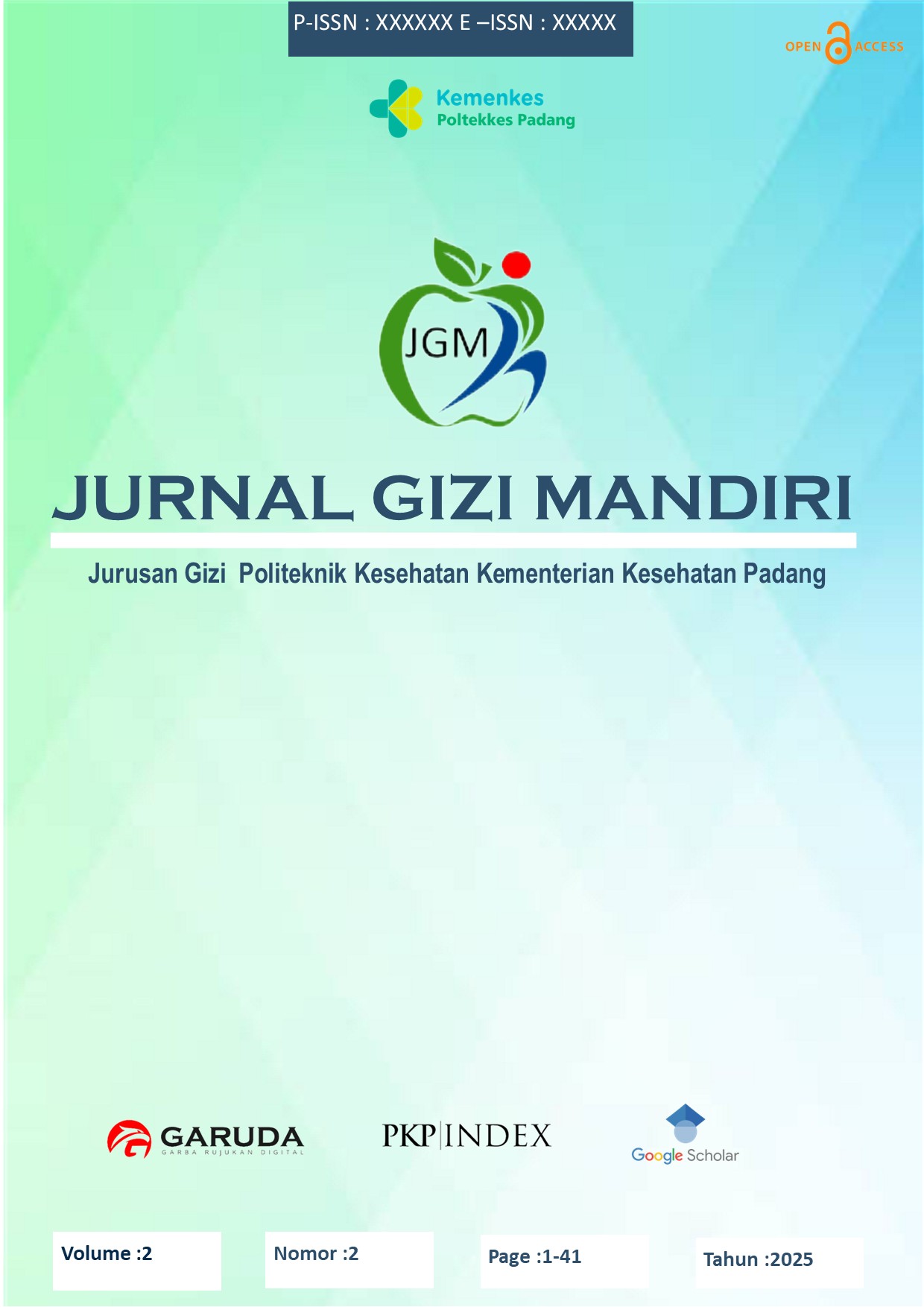Analysis of the Determinant Factors of Malnutrition of Children Aged below Five Years among Agricultural Households: Literature Review
Abstract
Background: WHO data shows nutritional problems in toddlers, including showing that Indonesia is the third country with the highest prevalence of stunting after Timor Leste and India, with a prevalence in 2017 of 36.4%, this shows that stunting is a serious nutritional problem and must receive special attention involving various sectors.
Objective: To analyze the determinants of malnutrition in children under the age of five in agricultural households.
Methods: This study was a literature review which collected articles mainly from Google Scholar, PubMed, and Scient Direct with a publication year range of 2017-2023.
Results: The review shows that the determinant factors that can cause nutritional problems in children under five in agricultural families consist of indirect factors and direct factors. Indirect factors of nutritional problems are availability and household consumption patterns, parenting styles (feeding care), health services and environmental health, while direct factors of nutritional problems are food consumed and infection status. Family characteristics are also factors that can affect the nutritional status of children under five, including household income, household food expenditure, number of household members, father's and mother's occupation, and mother's low education level.
Conclusion: Gender, birth spacing, history of infectious diseases, maternal knowledge, maternal parenting, parental income, utilization of health services, and household sanitation have a significant relationship with the prevalence of malnutrition in children under five years old. It is recommended for nurses and other healthcare provider to implement community-based prevention of stunting through education, counseling, and home visit to improve parents’ skills and knowledge to prevent malnutrition and stunting in toddlers.










